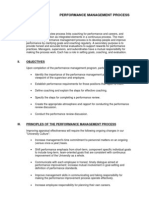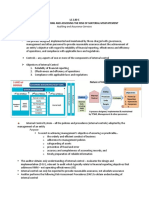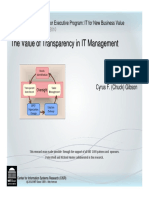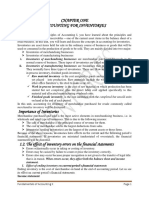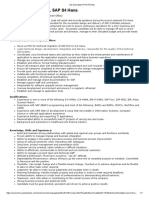0% found this document useful (0 votes)
14 views14 pagesMIS New - Unit 2
The document outlines various types of information systems used in organizations, including Transaction Processing Systems (TPS), Management Information Systems (MIS), Decision Support Systems (DSS), Executive Information Systems (EIS), and Enterprise Systems like ERP, CRM, and SCM. It also discusses the role of MIS in functional areas such as finance, HR, marketing, and operations, while addressing ethical issues in IS management like security, privacy, and accuracy. Additionally, it presents case studies on ERP implementation at Nestlé and information systems usage in Nepal Telecom, highlighting the benefits and challenges faced during these transformations.
Uploaded by
chaudharybhupe901Copyright
© © All Rights Reserved
We take content rights seriously. If you suspect this is your content, claim it here.
Available Formats
Download as PDF, TXT or read online on Scribd
0% found this document useful (0 votes)
14 views14 pagesMIS New - Unit 2
The document outlines various types of information systems used in organizations, including Transaction Processing Systems (TPS), Management Information Systems (MIS), Decision Support Systems (DSS), Executive Information Systems (EIS), and Enterprise Systems like ERP, CRM, and SCM. It also discusses the role of MIS in functional areas such as finance, HR, marketing, and operations, while addressing ethical issues in IS management like security, privacy, and accuracy. Additionally, it presents case studies on ERP implementation at Nestlé and information systems usage in Nepal Telecom, highlighting the benefits and challenges faced during these transformations.
Uploaded by
chaudharybhupe901Copyright
© © All Rights Reserved
We take content rights seriously. If you suspect this is your content, claim it here.
Available Formats
Download as PDF, TXT or read online on Scribd
/ 14





































































